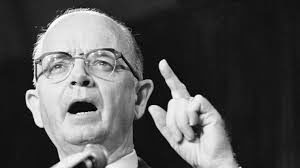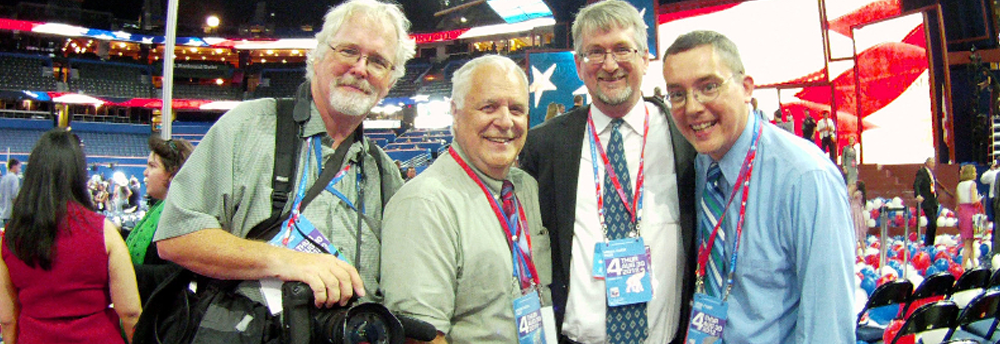
ATLANTA — Most people around the nation following the Georgia governor’s race probably don’t realize it may not be over on Nov. 6. There is unsettling Georgia history that could be repeated. Georgia is a 50-percent-plus-one state. If neither candidate gets 50 percent of the votes, plus at least one more, there is a runoff on Dec. 4.
Stacey Abrams, who would be the first black female governor in the country if elected and Brian Kemp, her Republican challenger and secretary of state, have competition from a third candidate, Ted Metz, running as a Libertarian. No one thinks Metz has a snow ball’s chance in Hell of winning. But, polls have had Abrams and Kemp within the margin of error in the mid-40s range with Metz around 4. If that holds, there will be a runoff.
BEEN THERE, DONE THAT
In 1966, former governor Ellis Arnall, credited with bringing Georgia into modern times, sought re-election in a race for Democratic nomination where his principal opponent was segregationist restaurant owner Lester Maddox, who had run twice for Atlanta mayor and once for lieutenant governor, without success.
Arnall won a plurality, but not the required majority — in part due to support for a little known candidate showing a lot of promise, then-state Sen. Jimmy Carter of Plains. And because in Georgia Republicans can vote in Democratic primaries and vice versa. Republicans figured Maddox would be easier for a Republican to beat so they voted in the Democratic primary for him. Arnall barely campaigned in the runoff, and much to his chagrin, Carter didn’t get involved. Maddox won the Democratic nomination. He faced Howard “Bo” Callaway, a textile heir and Congressman, in the general election.

Many Democrats didn’t want Maddox representing their state to the world, and Callaway was, well, a recent Republican convert — there hadn’t been a Republican governor in Georgia since Reconstruction. Still, a popular bumper sticker at the time was “Better Go With Bo Than Fester With Lester.” There was a drive to write-in Arnall, who, among other things, changed the voting age to 18 in the 1940s, more than two decades before the 26th Amendment afforded that right nationally and was a hero to generations.
Arnall got 52,000 votes. Callaway got more votes than Maddox but not enough to win outright. There were lawsuits and finally a U.S. Supreme Court ruling cleared the way for the Democrat-controlled legislature to decide between the candidates with the most votes. Not surprising, they voted along party lines.
Lester Maddox was governor for one term.
(Bob Ingle is a New York Times Best Selling Author, TV and Radio news analyst and award-winning journalist.)





Sorry, comments are closed for this post.